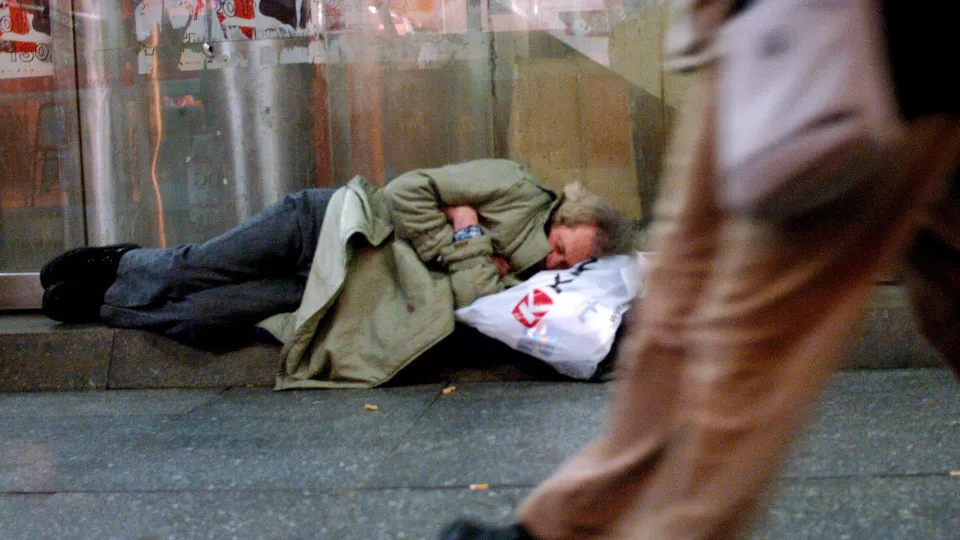Income disparity exists in almost every part of the world. Some regions experience it more intensely than others, but it's a global issue. At its core, income disparity means the gap between the rich and the poor, or simply put, the unequal distribution of income and wealth across a population.
The most common reason for income disparity is unequal access to opportunity. This includes disparities in access to quality education, healthcare, technology, financial services, and even basic infrastructure. When some people have better access to these foundational tools, they’re more likely to succeed economically, while others are left behind.
Here, we take a look at the difference between the earnings of the richest and poorest 10% of the population in countries across the world. Intrigued? Click to reveal them.
All figures are in USD.



